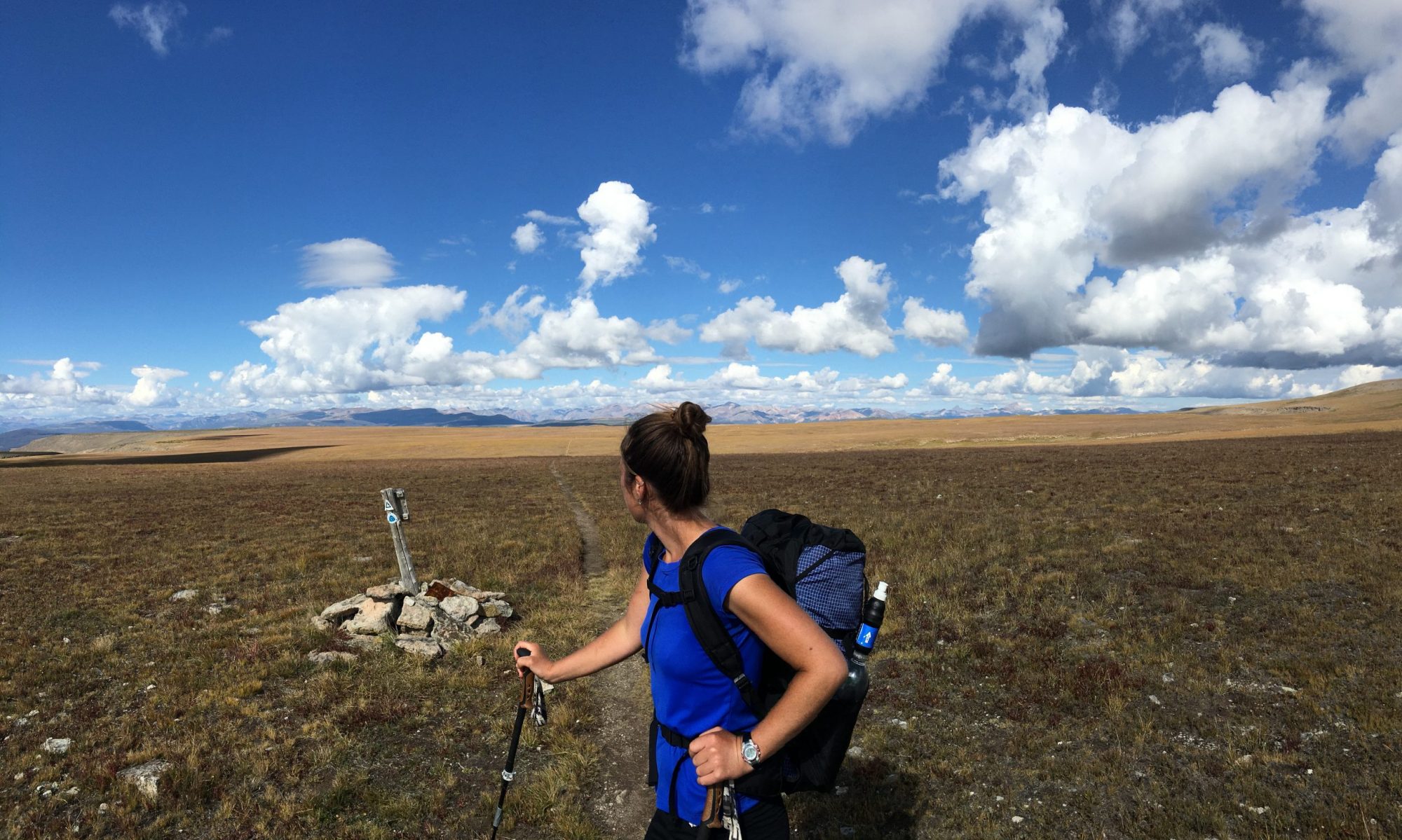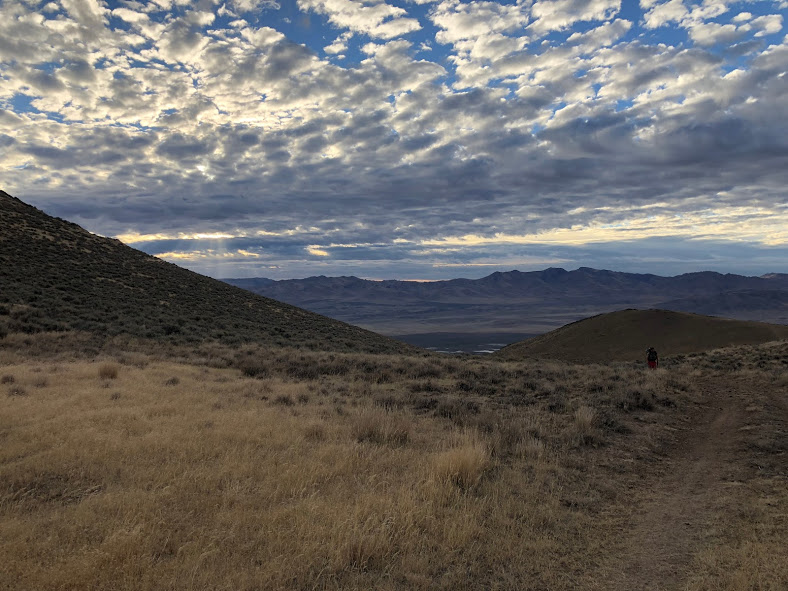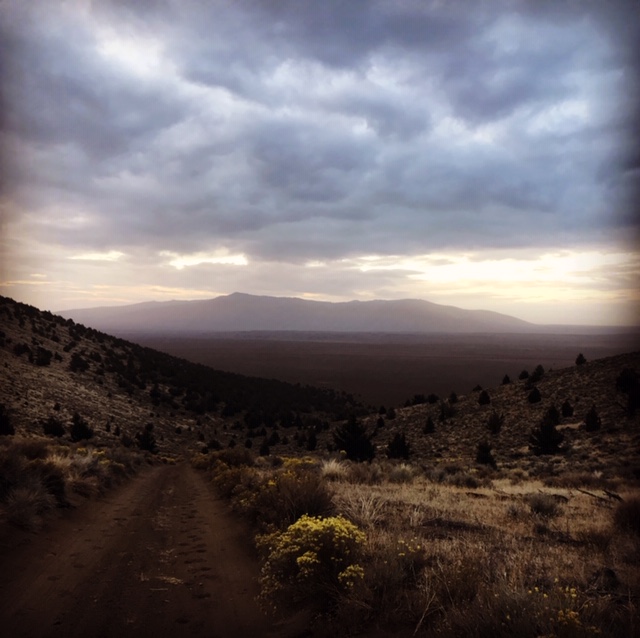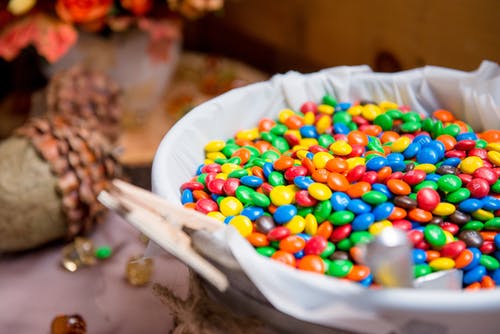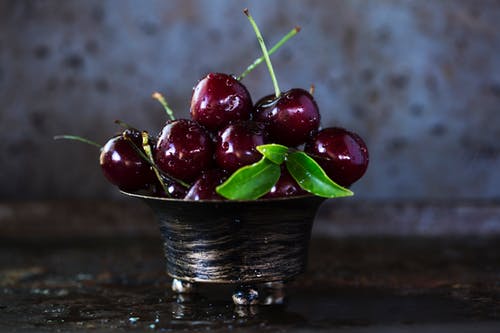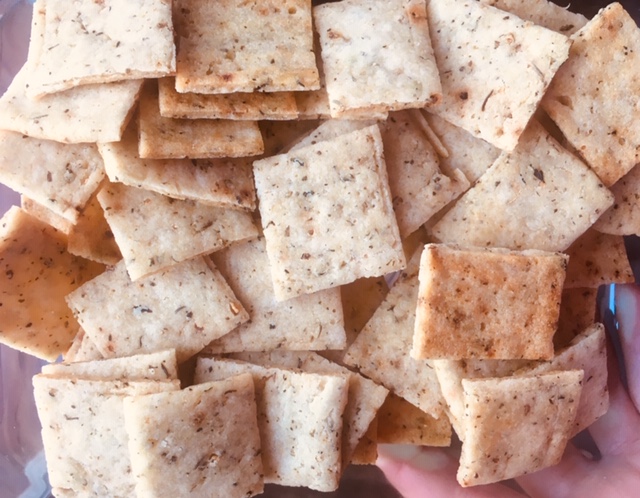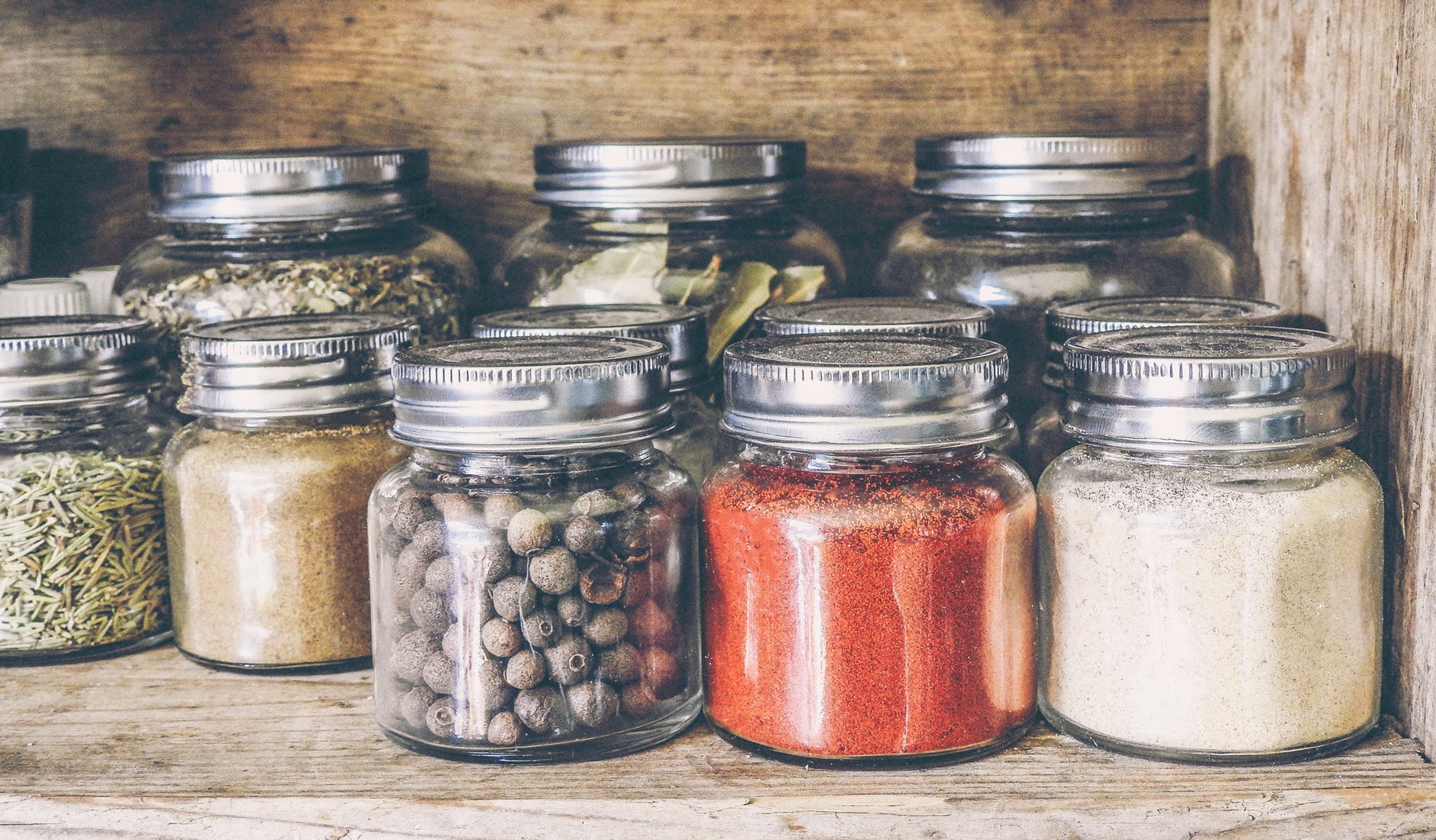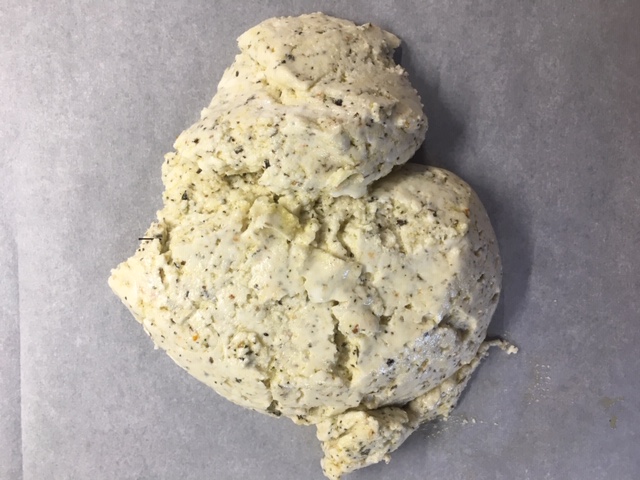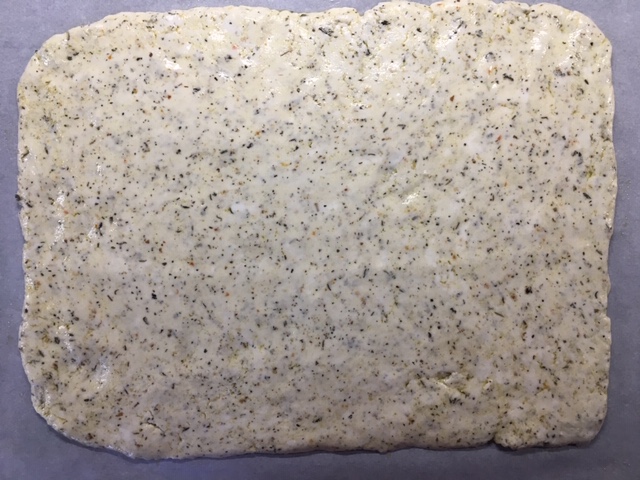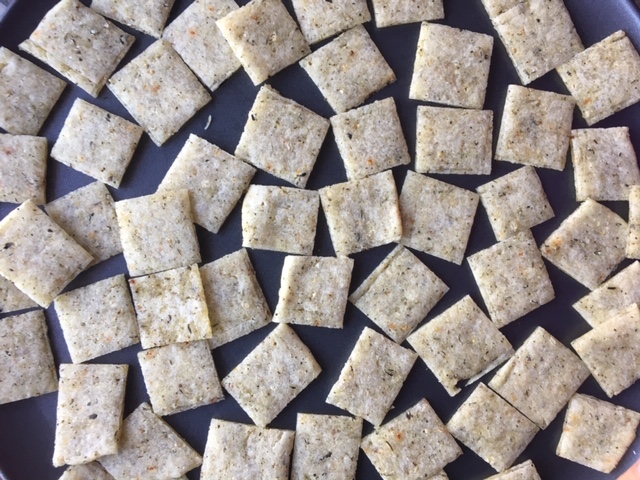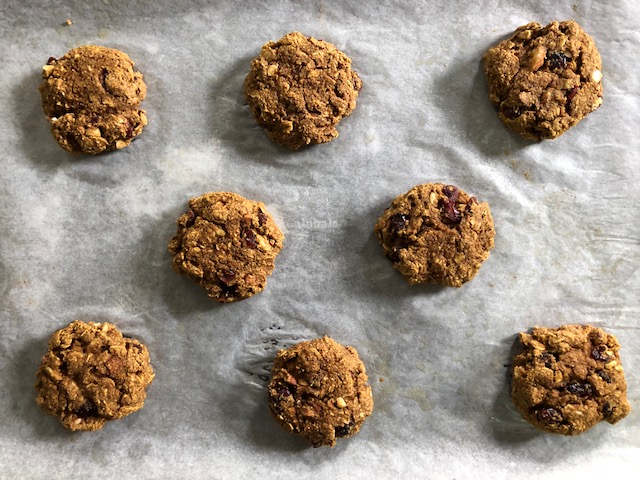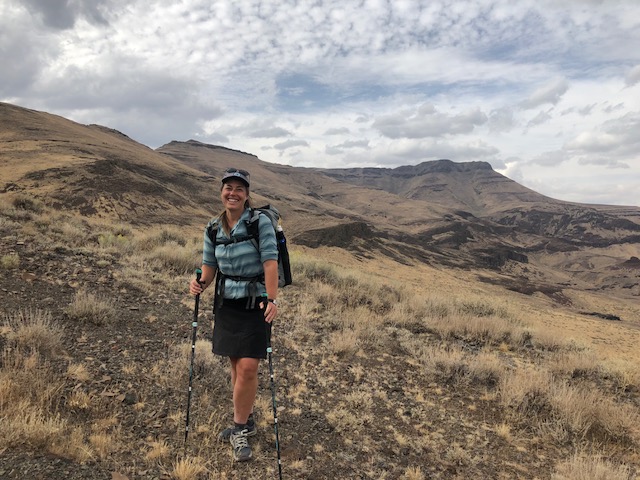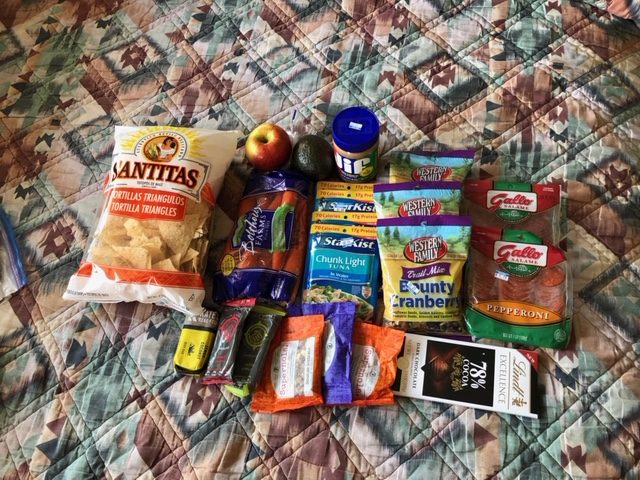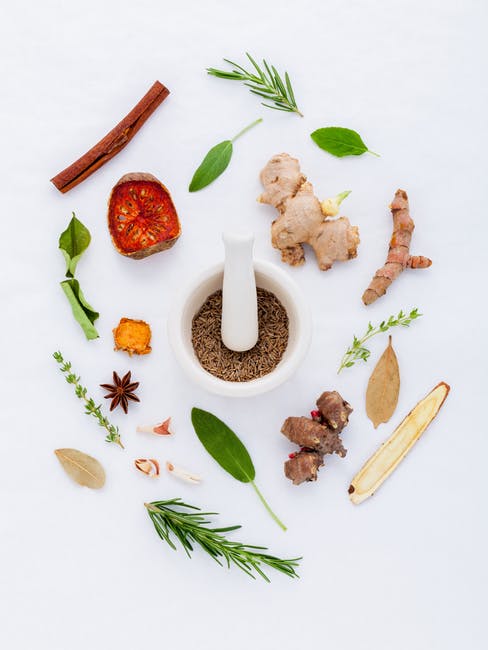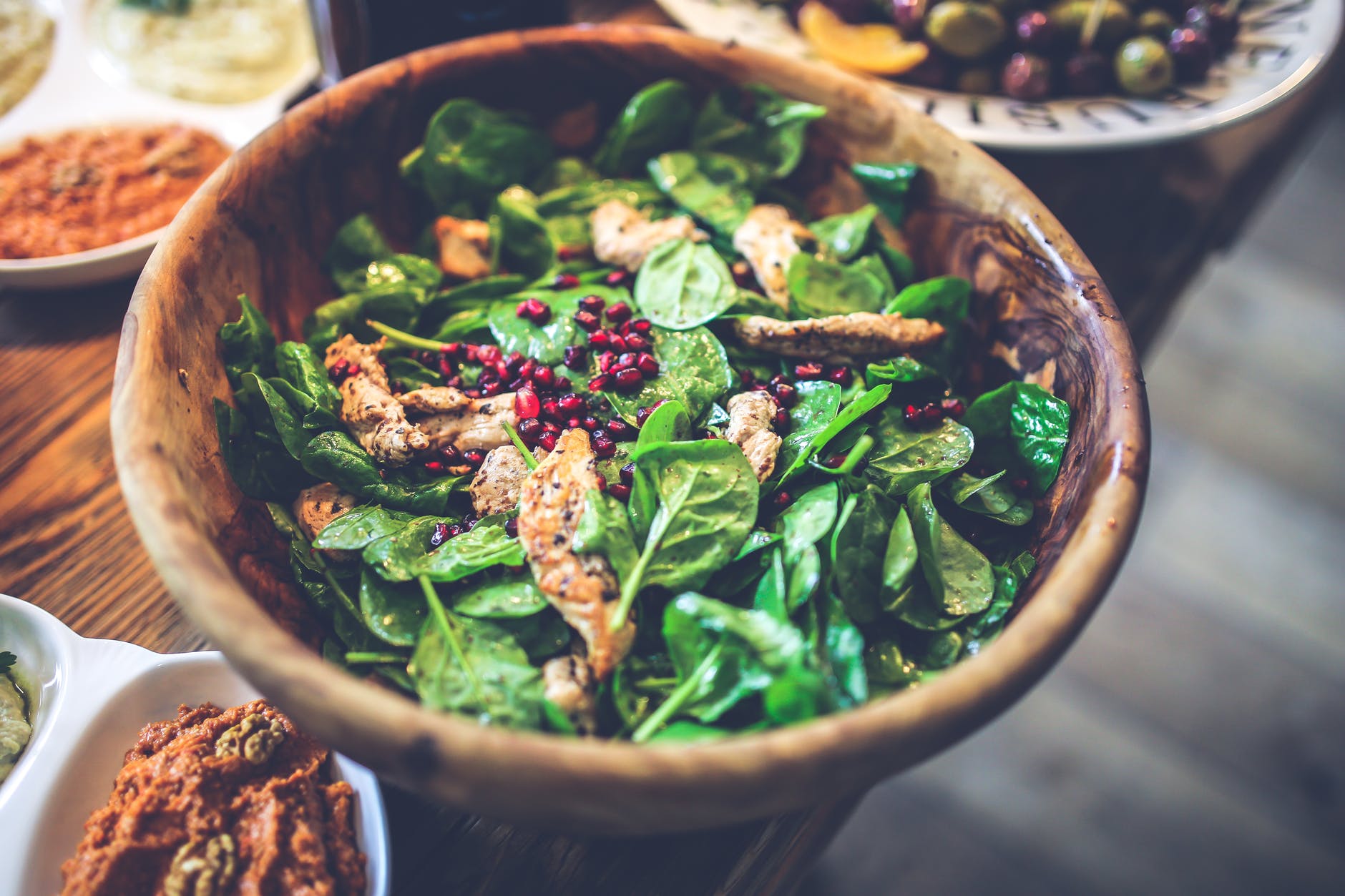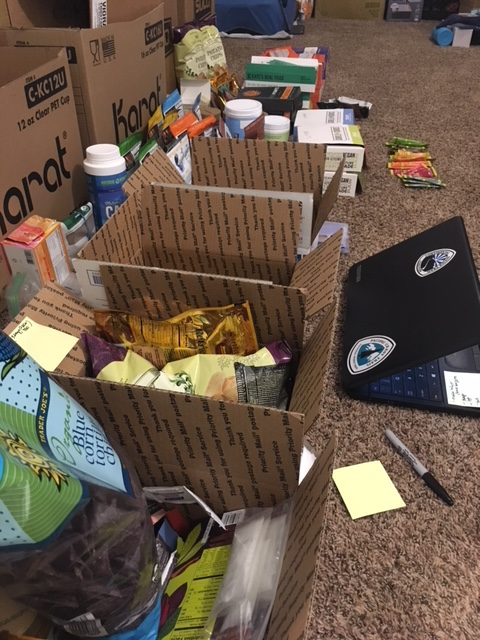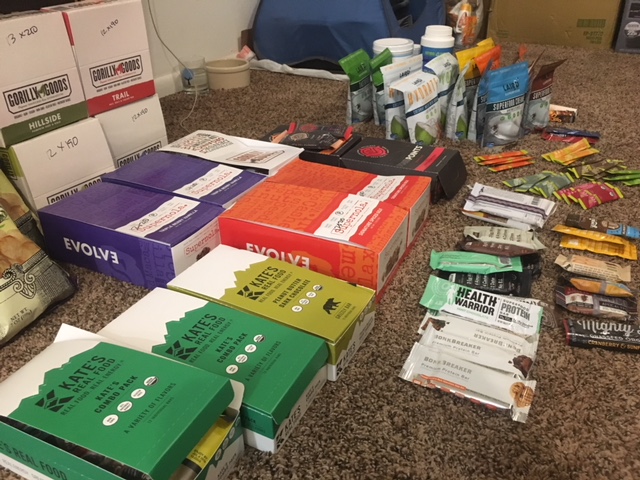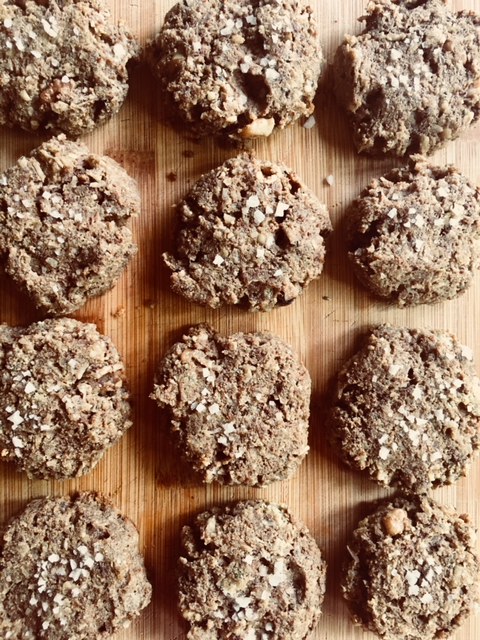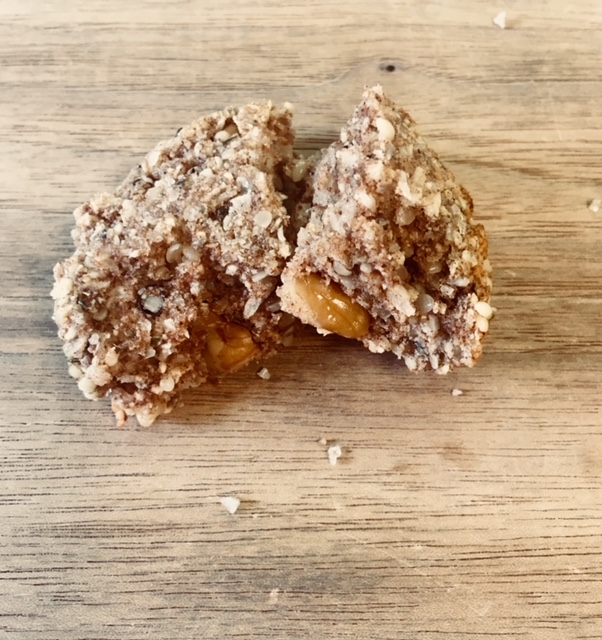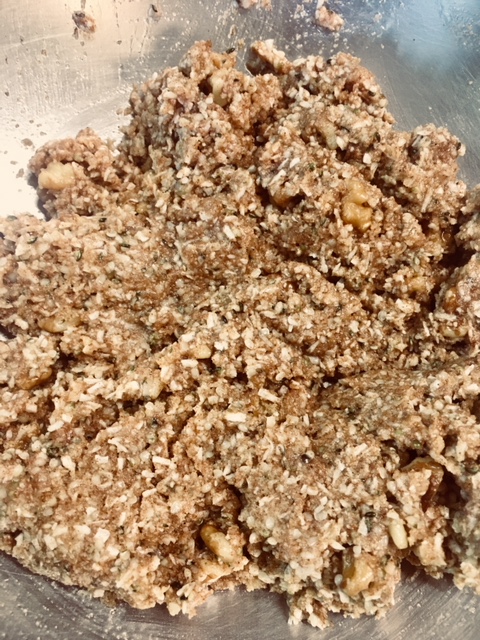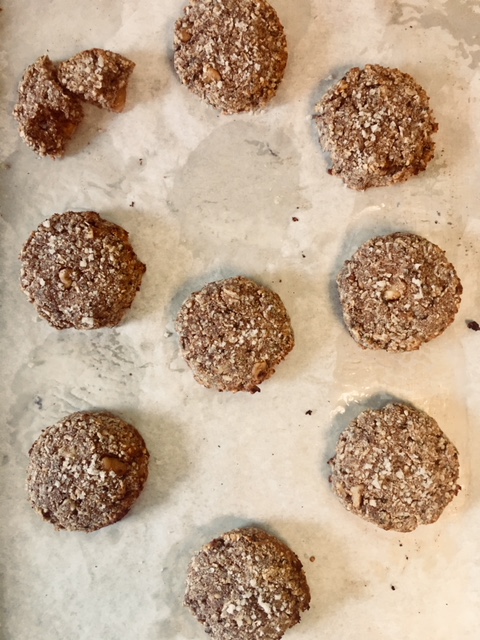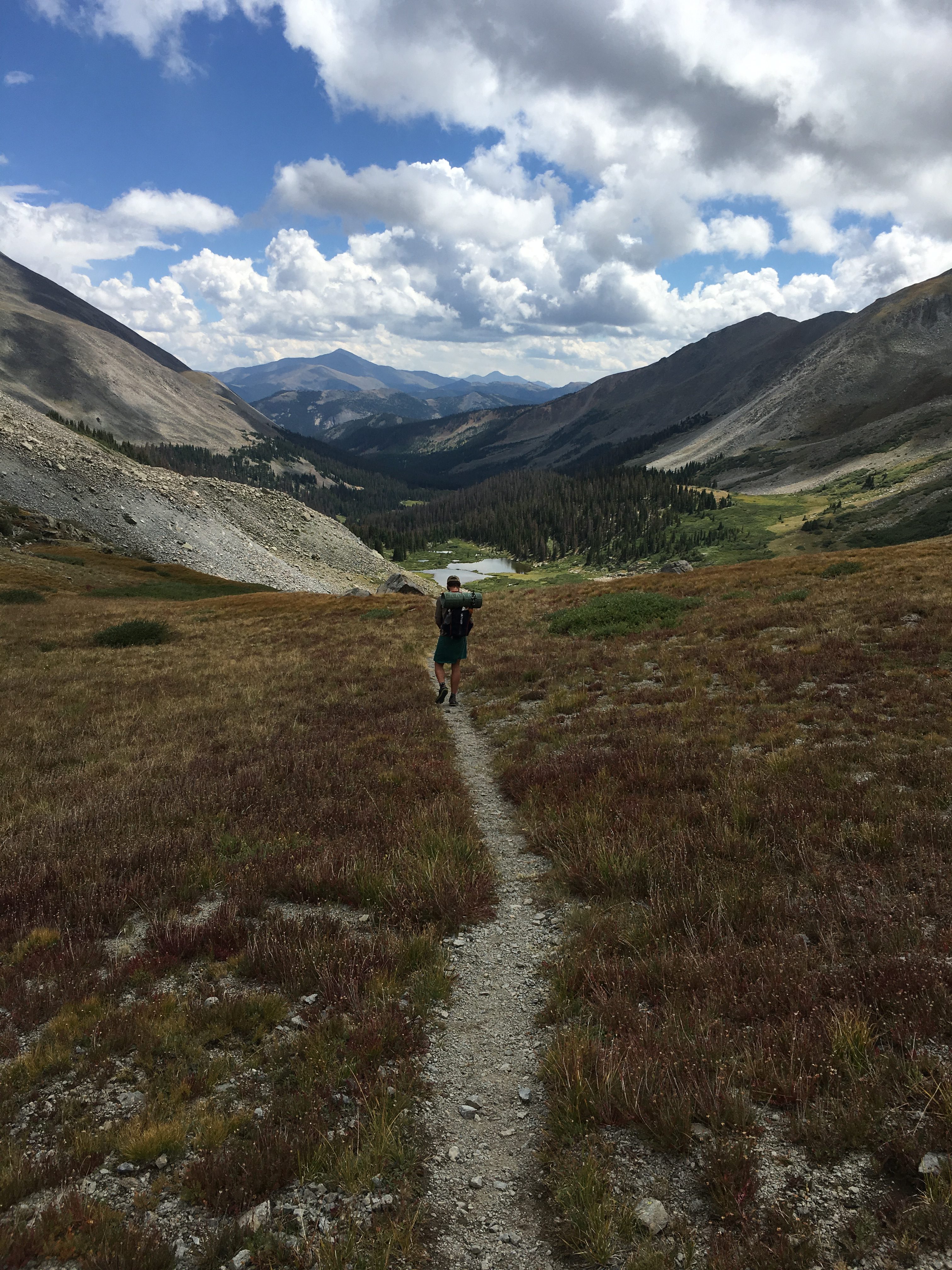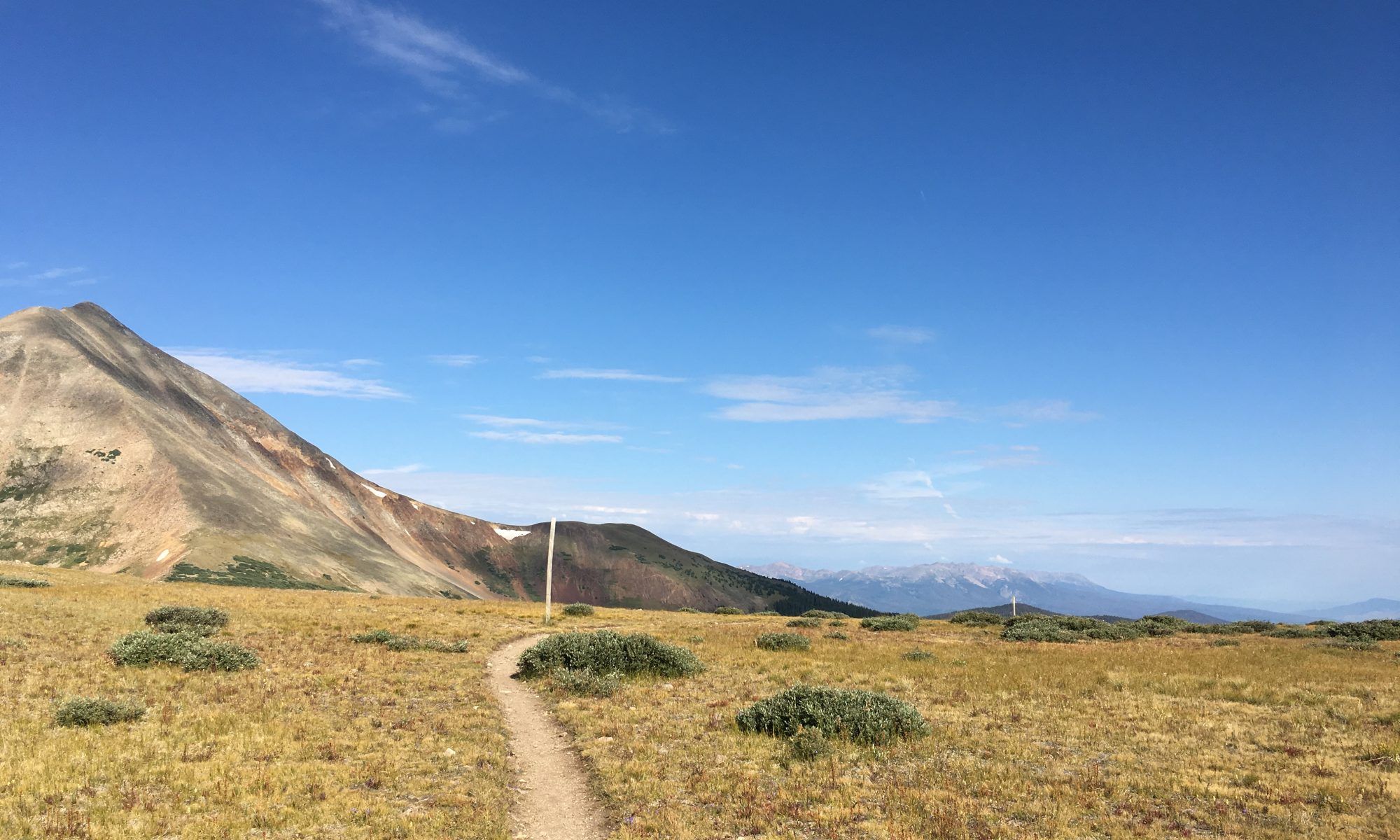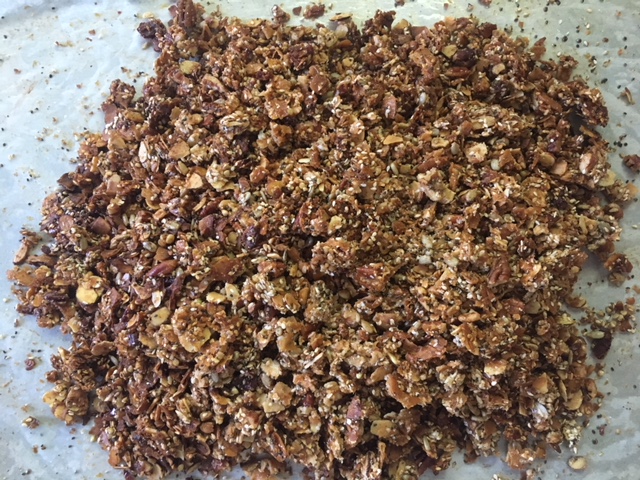The Trail Show Salty Segment January 2019 on supporting digestion
The Question
Dear Salty,
It’s that time again…when I go ahead and have that fourth piece of pie and then wake up feeling a little icky…but you know, hair of the dog is the best medicine so I have cookies and pie for breakfast too.
I know I can decide to eat fewer sweets, but I usually am really disciplined and enjoy eating these homemade treats that only appear once a year in my house. I avoid the store bought crap but don’t think twice about a homemade cobbler or almond holiday cookies made by my sister and niece.
This type of eating also mirrors what happens in town when I am on trail…I get into town and want to eat everything just because it is there. I feel like I generally eat a pretty healthy diet both at home and on trail. I am not going to not eat these treats once a year and at times when in trail towns, but I’m wondering if there are any foods I can eat before and/or after that will help regulate the sugar and help with digestion.
Thanks for your tips and thanks for not judging me!
Sea Ray
The Answer
Great question, Sea Ray.
Before I dive into the tips, I want to start with that last thing you said about not judging you. This is important. When I’m out with friends, hiking partners, anyone who knows what I do for a living, they often say ‘I know this isn’t Salty approved’, or ‘Don’t judge me’ before eating something they feel guilty about.
The thing is, I genuinely don’t care what you eat. It’s not that I don’t care about you as a person, but I’m not here to guilt anyone into eating one way or the other. If you want guidance, I’m happy to share my experience and knowledge on a topic in the hopes of helping you achieve your goals.
More importantly, you’re taking away your own power and personal responsibility. It’s up to you what you want to put in your body and how you want to feel.
But, truly, it’s not about rules and judgement. It’s about taking self responsibility and being comfortable with the consequences of your choices, regardless of what you decide.
No rules, only choices.
And whatever you decide, please don’t judge or criticize yourself either. Because honestly, that’s a waste of energy.
Ok, now that that’s out of the way, here’s an answer to your actual question.
Follow these diet and lifestyle tips to support digestion.
Stay Hydrated
Done beforehand, it will help you to not overeat quite as much. If you do overeat, staying hydrated the next day supports healthy digestion and metabolism, so you process the extra salt, sugar, and other less-than-ideal ingredients.
Take Digestive Bitters
Bitters are herbs that stimulate digestive juices, like stomach acid and bile. These include herbs like dandelion, burdock, gentian, milk thistle, motherwort, goldenseal and angelica. Bitters break down food and assist in the absorption of nutrients.
Other bitter foods, like green olives and arugula do the same thing, so have these as an appetizer to stimulate digestion. Similarly, you could take a tablespoon of Apple Cider Vinegar to support stomach acid production and proper digestion. Low stomach acid is surprisingly common and can contribute to reflux, gas, and bloating.
Consider Digestive Enzymes
These are enzymes that help you process extra starch, fat, and protein. You produce these naturally, but often not in sufficient quantities. Join my online dispensary for 10% off professional-grade supplements.
Relax before you begin to eat
By taking a moment to see the food, breath in the aromas, and appreciate your food before you dig in, your body will actually digest food better. You’ll produce more enzymes, like amylase in your saliva, and more bile and pancreatic enzymes that break down food. This is part of the cephalic phase of digestion. It begins in your mind before you even take a bite.
Support liver function, elimination, and detoxification
A lot of people are tempted to starve themselves after a period of overeating, but that usually leads to rebound overeating later in the day (or week). Instead, think about giving your digestive system a rest.
Focus on nutrient-dense liquids, like broths, soups, and green smoothies. Eat simple whole food meals and prioritize fiber and protein. For now, steer clear of inflammatory foods like gluten, dairy, and processed oils.
Get Plenty of Sleep
This gives your whole system a rest. It will reduce inflammation and improve digestion. Additionally, proper sleep supports balanced hormones, like insulin and cortisol, so you don’t find yourself face first in the cookies again.
Move Your Body
The intention isn’t to burn off extra calories per say. It’s to stimulate lymph flow and sweat to help you move toxins out of your body. It also literally helps you move food through your digestive system faster through gravity and mechanical force.
Love Your Gut
Of course, it wouldn’t be a Trail Show podcast without me talking about gut health! Support your gut before and after a big meal by eating probiotic containing foods, like kimchi and sauerkraut, and prebiotic foods, like lots of veggies.
That’s my A to your Q, Sea Ray. Enjoy grandma’s pie and get back on track towards your goals by taking care of your body.
